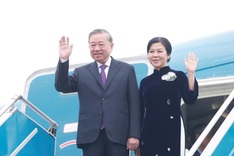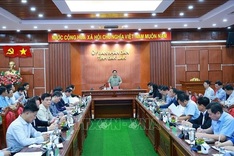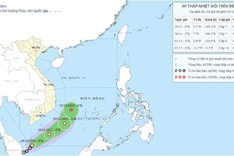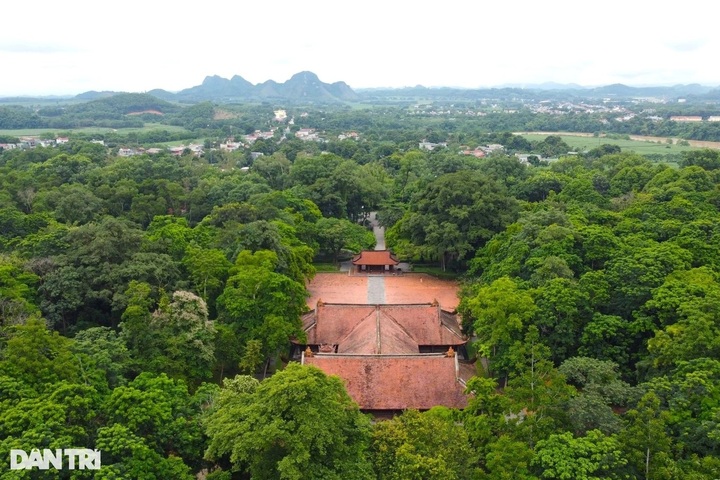
The royal tomb of Emperor Le Tuc Tong lies in the 200-hectare Lam Kinh Special National Relic Site in Tho Xuan and Ngoc Lac districts, Thanh Hoa Province (Photo: Thanh Tung).
On the evening of May 6, Nguyen Van Hai, Director of the Thanh Hoa Centre for Historical Research and Heritage Conservation, reported that the site had been unlawfully disturbed.
The incident occurred around 10.15 pm on May 3 during a routine inspection at the tomb within the historically significant Lam Kinh Relic Complex.
Initial findings at the scene included a mobile phone with a Chinese-language interface, an identification document belonging to a Chinese national, a form of metal detector.
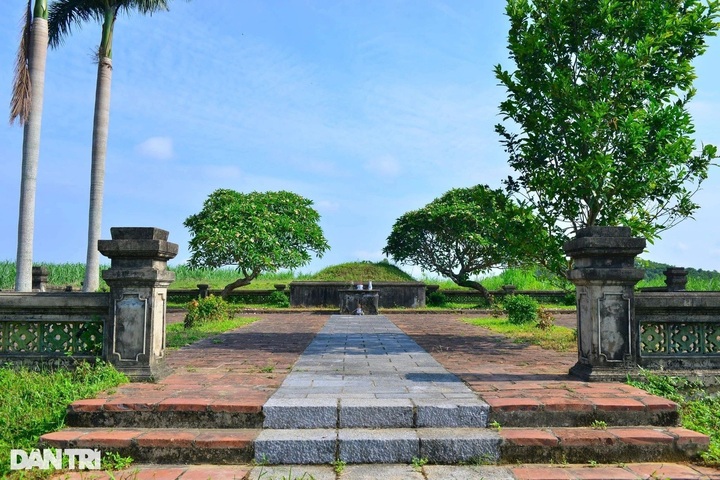
The royal tomb of Emperor Le Tuc Tong
Following the discovery, Thanh Hoa provincial police launched an investigation and, in co-ordination with authorities in Quang Ninh Province, apprehended two Chinese nationals in connection with the crime.
On May 4, at approximately 1.30 pm, Thanh Hoa police contacted their Quang Ninh counterparts to assist in tracking down the suspects, who were reportedly attempting to flee Vietnam via the border city of Mong Cai.
By 2.15 pm, police in Quang Ninh intercepted a taxi and arrested two suspects: Deng Zhui, 41, and Shen Jiangyang, 43, both residents of Guangxi, China. The suspects have since been handed over to Thanh Hoa authorities for further investigation.
Emperor Le Tuc Tong, born Le Thuan, was the third son and designated heir of Emperor Le Hien Tong. Known for his intellect and scholarly nature, he was appointed Crown Prince despite not being the eldest. He ascended the throne in July 1504 but ruled for only six months before dying unexpectedly in January 1505. With no direct heirs, he named his elder brother, Le Tuan, as successor.






